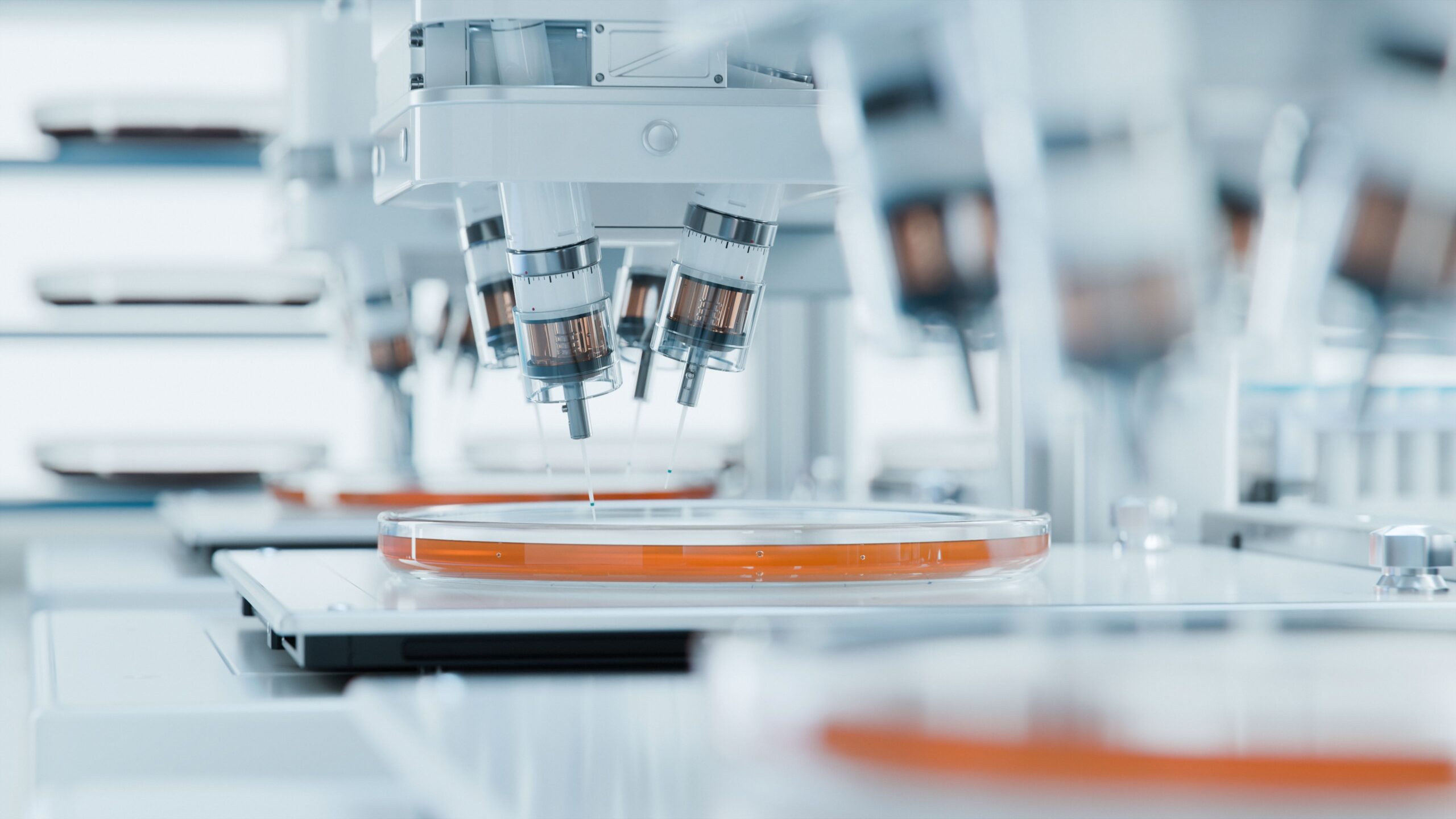Change Their Diet – Create ‘Super’ Cells!

Scientists have created ‘super stem cells’ by simply changing their diet, potentially revolutionizing fertility treatments and opening new doors for anti-aging therapies.
At a Glance
- Researchers at the University of Copenhagen have developed ‘super stem cells’ by changing their energy source from glucose to galactose
- These enhanced cells outperform regular stem cells in developing into various specialized cell types
- The breakthrough shows promise for improving fertility treatments, including IVF success rates
- The same technology could lead to treatments for Parkinson’s disease, osteoporosis, diabetes, and age-related conditions
- The simple method activates proteins that regulate aging and improve cellular health over time
A Simple Diet Change Creates Powerful Cells
University of Copenhagen scientists have discovered that changing a stem cell’s diet can transform it into a more powerful version of itself. By replacing glucose with galactose in stem cell cultures, researchers created what they’re calling “super stem cells” that demonstrate enhanced abilities to develop into specialized tissues.
The metabolic switch forces the cells to produce energy differently, essentially reprogramming them to behave like cells from an earlier developmental stage, giving them greater potential for medical applications.
“We show that by changing their diet, the stem cells can rejuvenate and turn into ‘super stem cells’. It forces them to metabolize their energy in a different way than they normally would, and that process essentially reprograms the stem cells.
The net result is that they behave like they are from an earlier stage of development, which enhances their ability to develop, or differentiate, into other types of cells.”, said Robert Bone.
The research, conducted at the Novo Nordisk Foundation Center for Stem Cell Medicine (reNEW), involves a significant shift in how cells produce energy. By switching from glycolysis to oxidative phosphorylation, the cells activate sirtuin proteins that remove chemical tags from histones and transcription factors. This process creates what researchers describe as a better “signal-to-noise ratio” in cellular DNA, allowing for more precise gene expression and enhanced cellular function.
New Hope for Fertility Treatments
One of the most promising applications for these enhanced stem cells is in fertility treatments. The researchers found that their super stem cells excel at producing cell lineages that become the yolk sac, a critical component for successful embryo implantation. This discovery could potentially improve the success rates of in vitro fertilization (IVF) and help couples struggling with infertility issues by enhancing the quality of embryos used in treatments.
“One of the things that the ‘super stem cells’ seem to be better at making is a cell lineage that becomes something called the yolk sac. Previous research has found that the formation of yolk sac in embryos cultured in a dish is very important for their ability to implant and become successful pregnancies.”, added Bone.
These Enhanced Metabolic Embryonic Stem Cells (EMESCs) showed superior ability to contribute to various tissues and develop into both embryonic and extra-embryonic tissues when compared to regular embryonic stem cells. This versatility makes them particularly valuable for addressing complex fertility challenges that require optimization of multiple tissue types for successful reproduction. The study was performed using mouse embryonic stem cells, meaning further research will be needed before human applications.
Regenerative Medicine and Anti-Aging Potential
Beyond fertility applications, these super stem cells show tremendous promise for regenerative medicine and anti-aging therapies. The cells’ enhanced ability to differentiate into specialized cell types like liver, skin, and nerve cells could lead to groundbreaking treatments for conditions such as Parkinson’s disease, osteoporosis, diabetes, heart failure, and liver cirrhosis. Their improved health and longevity in laboratory conditions suggests they might be particularly effective for treating age-related conditions.
“What is really striking is that they’re not just better at differentiating, but they stay fit and keep healthy much better over time compared to stem cells in standard culture conditions. And it is done with a relatively simple method.”, said Joshua Brickman.
The metabolic changes induced in these cells activate a signaling protein that regulates aging, effectively rejuvenating the cells. This discovery has sparked interest in using the same approach to rejuvenate various cell types in the human body, potentially reversing some effects of aging at the cellular level. The research team has already filed a patent for the use of Enhanced Metabolic Media (EMM) for stem cell culture, indicating they see significant commercial and medical potential in their discovery.
A Simple Solution to Complex Problems
What makes this breakthrough particularly remarkable is the simplicity of the method used to create these super stem cells. Rather than complex genetic engineering or expensive interventions, the researchers achieved their results by simply changing the type of sugar available to the cells. This straightforward approach could make the technology more accessible and affordable once developed into clinical applications, potentially bringing advanced regenerative medicine to a broader population.
The study, titled “Altering metabolism programs cell identity via NAD+-dependent deacetylation,” was published in The EMBO Journal. Lead author Robert A. Bone and corresponding author Joshua M. Brickman received support from several foundations for this groundbreaking work. As research continues, many Americans struggling with fertility issues or age-related conditions will be watching closely as this technology develops from laboratory discovery toward potential clinical applications.
























